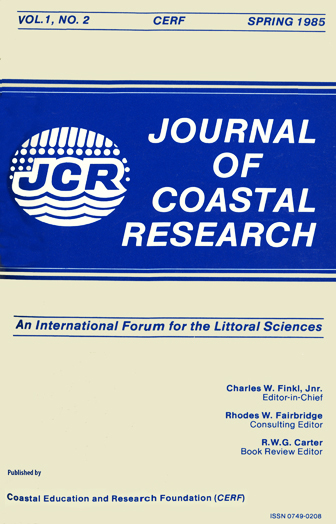Geoarcheological Investigations on the Soviet Primorye Coast: Their Application to Interpretations of
Keywords:
Atlantic period, Bronze Age, coastal midden, Early Iron Age, geoarcheology, monsoon, Subboreal period, Vestigial NeolithicAbstract
Sixteen archeological sites along the coast of Soviet Primorye formed the basis for developing geoarcheological methodologies. Stages and methods of subsistence by ancient peoples are used to infer prior climatic conditions and former sea levels. Artifact-bearing sediments, geomorphological position, and results of granulometric, mineralogical-petrographical, and spore-pollen analyses as well as radiocarbon dates were studied for the sixten archeological sites. Three broad levels of cultural development were identified – the Vestigial Neolithic, Bronze Age, and Early Iron Age. Based on three geoarcheological investigations it was determined that sea level rose repeatedly to higher stands (compared to the present} during the Holocene. Transgressions are thought to have occurred 3000 years ago and again at about 2000 BP. These high stands are tentatively identified with the Atlantic period and also correspond with recognized relict shorelines along the Japanese coast. The correlation between changes in sea level and monsoon climate in coastal Primorye is attributed to the Peterssen Shnitnikov mechanism where a high monsoon index corresponds to a lowering of sea level and a low index to a rising sea level. A possible exception occurred 2000 years ago when a transgression coincided with a high monsoon index. It was probably a response to Holocene warming at this time.


